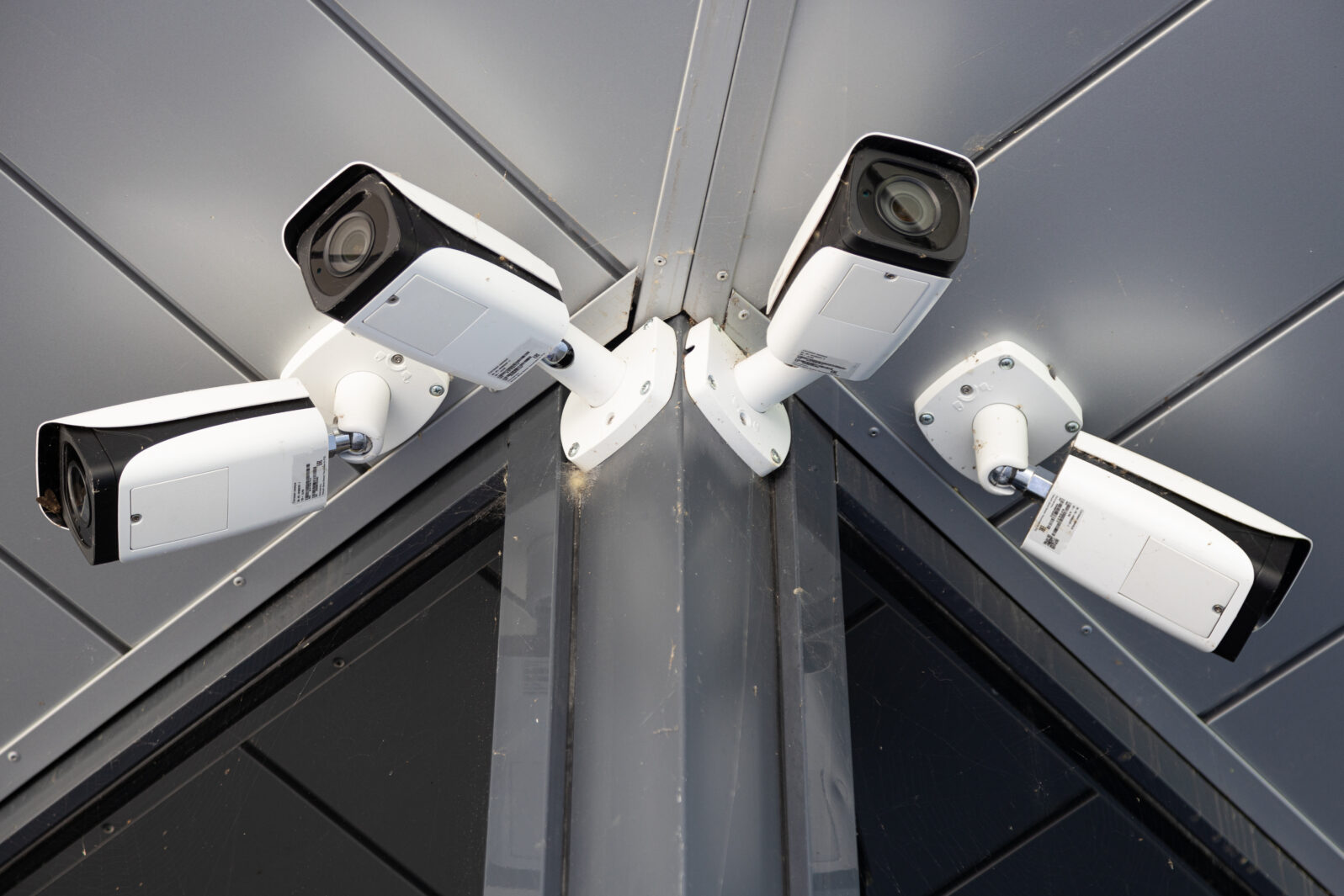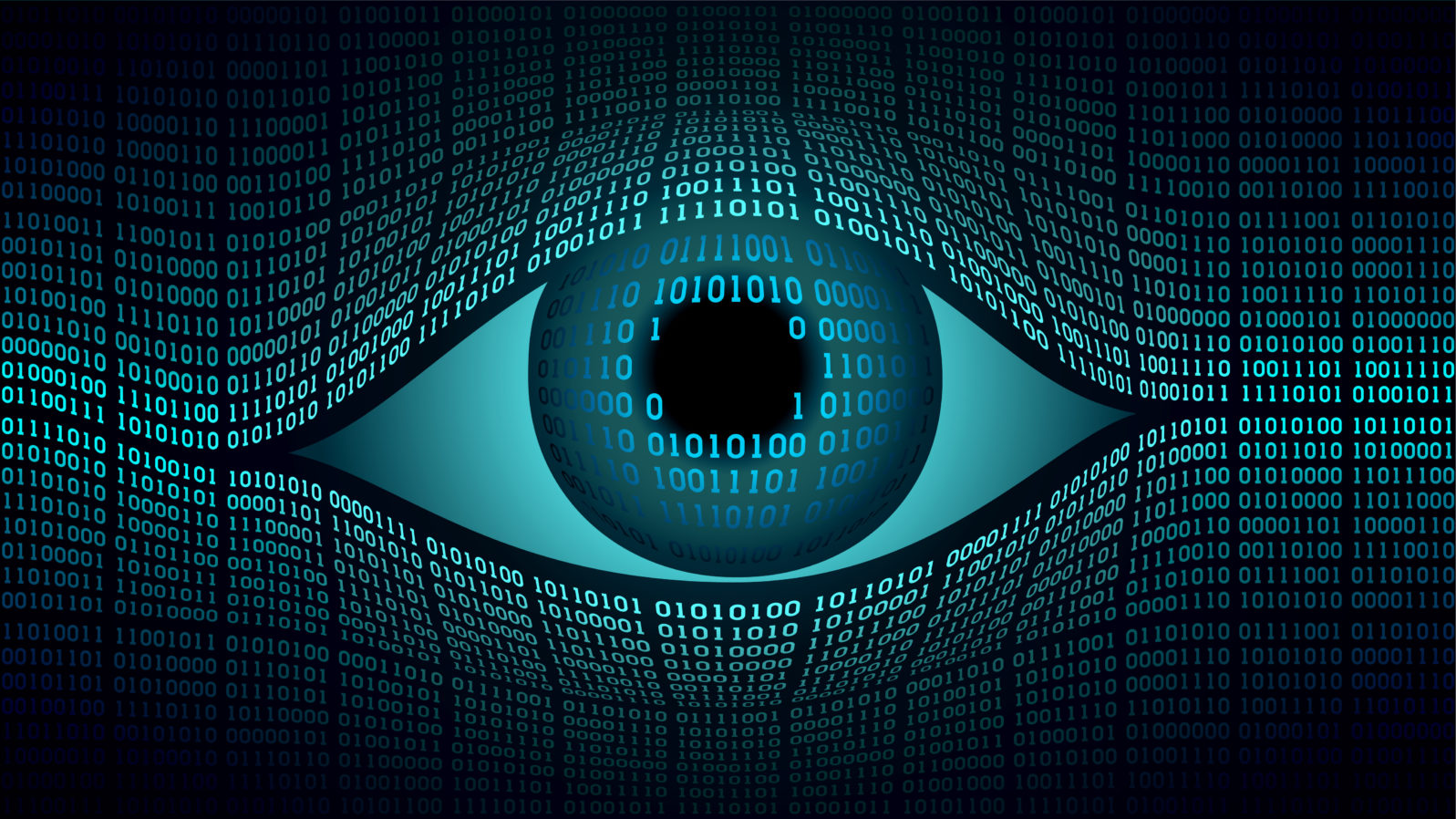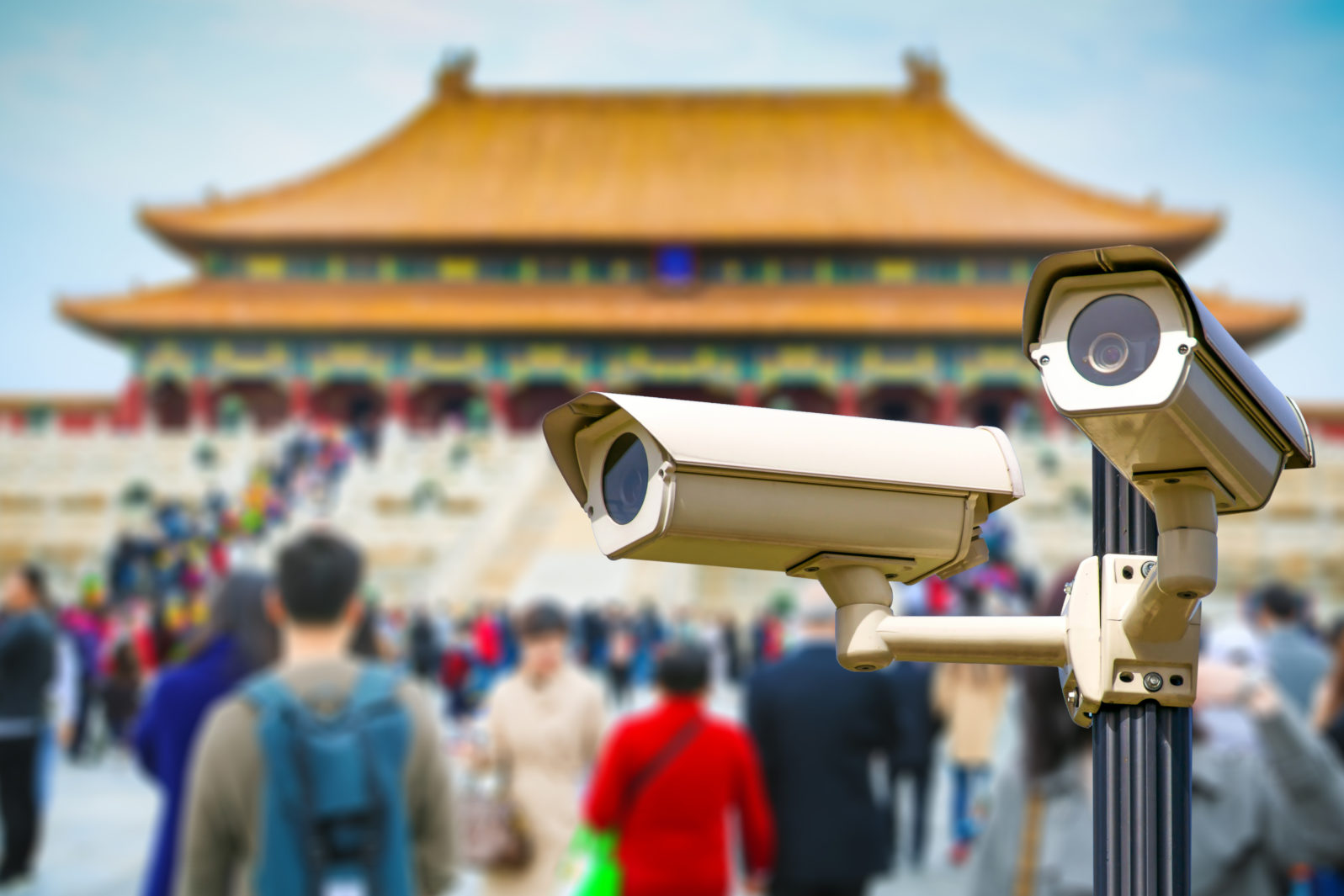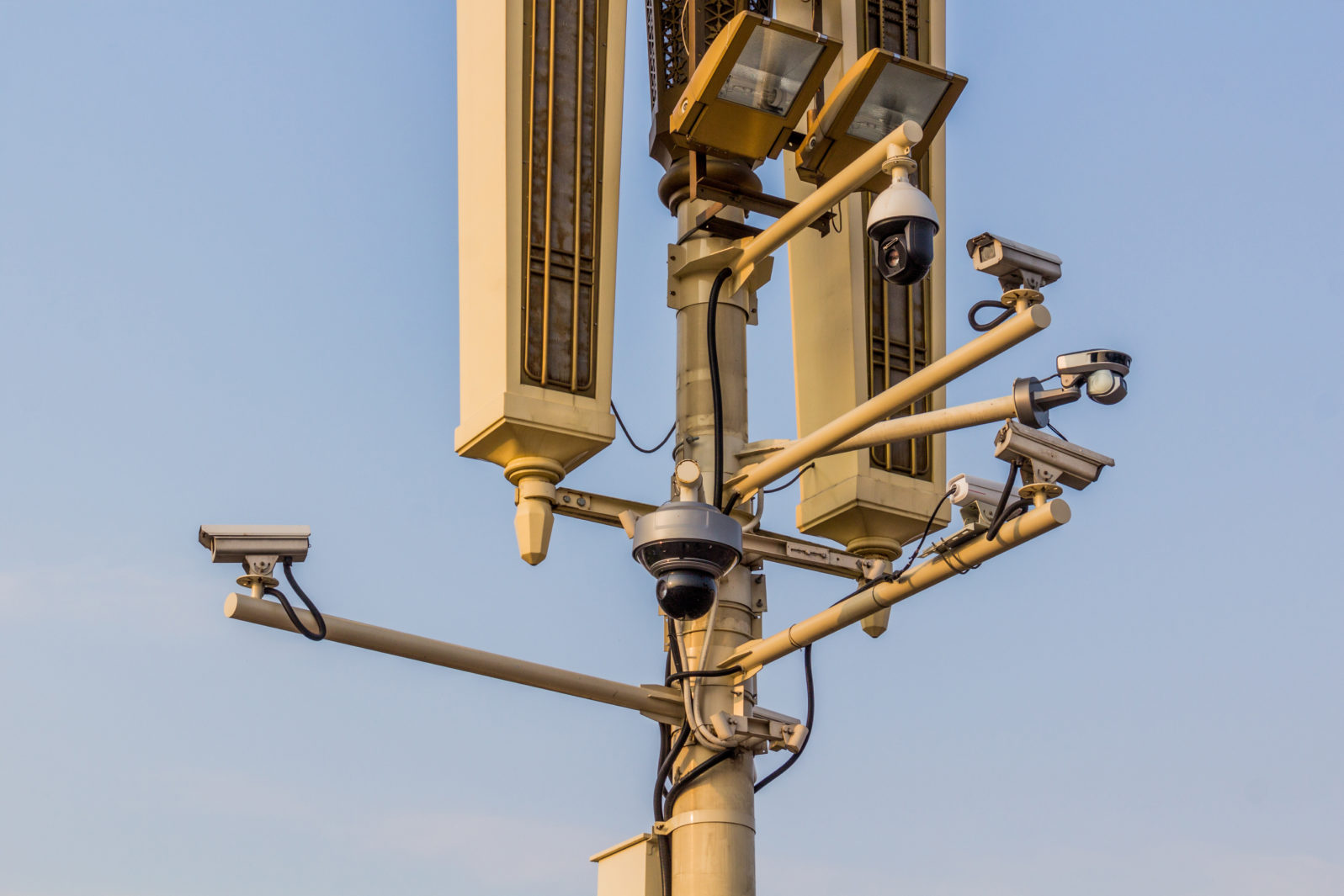China Is Quite Serious About Total Surveillance of Every Citizen
Local governments are buying enough surveillance equipment to constantly watch 1.6 billion people, documents showThe telescreen received and transmitted simultaneously… There was of course no way of knowing whether you were being watched at any given moment… It was even conceivable that they watched everybody all the time. But at any rate they could plug in your wire whenever they wanted to. You had to live — did live, from habit that became instinct — in the assumption that every sound you made was overheard, and, except in darkness, every movement scrutinised.
– George Orwell, 1984
The New York Times in partnership with ChinaFile has come out with a new report on the extent of China’s surveillance state. It is nothing short of an attempt to achieve total surveillance of its 1.4 billion people:
Phone-tracking devices are now everywhere. The police are creating some of the largest DNA databases in the world. And the authorities are building upon facial recognition technology to collect voice prints from the general public.
Isabelle Qian, Muyi Xiao, Paul Mozer, and Alexander Cardia, “Four Takeaways from a Times Investigation into China’s Expanding Surveillance State” at New York Times (June 21, 2022)
These technologies have already been widely deployed in China’s Xinjiang province where the majority of the country’s Uyghur and other Turkic ethnic minorities live. The NYT’s report, however, shows that authorities have already taken what they used in Xinjiang and Tibet and extended it to the rest of the country, something that journalists and China watchers had predicted would eventually happen.
Writers and scholars for the Center on U.S.–China Relations Asia Society’s digital magazine China File scoured China’s internet for documents dating back to the early 2000s, soliciting bids from companies providing surveillance products for local government projects. These documents provide details on the products and services officials need, as well as explain the strategic thinking behind the purchases.
From these government bidding documents, the New York Times pieced together a clearer picture of China’s surveillance state:
The Chinese government’s goal is clear: designing a system to maximize what the state can find out about a person’s identity, activities and social connections, which could ultimately help the government maintain its authoritarian rule.
Isabelle Qian, Muyi Xiao, Paul Mozer, and Alexander Cardia, “Four Takeaways from a Times Investigation into China’s Expanding Surveillance State” at New York Times (June 21, 2022)
The bidding documents make clear that the Chinese government’s eventual goal is a centralized comprehensive profile on every person in China that be accessed by any government official at any time.
These profiles are built from three interconnected sources: data retrieved from surveillance cameras equipped with facial recognition technology, hidden smartphone trackers, and biometric information collected from every citizen, regardless of criminal record.
Here are some of the specifications that the bidding documents reveal:
Smart Cameras and Facial Recognition
Total surveillance has only been possible in the last ten years as algorithms have become more sophisticated at sifting large data files. Of the world’s 1 billion surveillance cameras in use, half are in China. Almost all these cameras are equipped with facial recognition software so that identity can be matched to an image on any camera at any time.

To get an idea of the amount of data the country collects, here are some numbers the Times reports from just one bidding document from Fujian province. The contract is for a larger database to house facial image files:
● 1 camera stores 2,000 images of faces every day. These are stored for up to 6 months.
● There are 7,000 cameras in Fujian.
● That means that at any given time, the Fujian government database has 2.5 billion facial images on file.
For comparison, the largest U.S. government database run by the Department of Homeland Security houses 836,000,000 facial images for the whole country. Fujian’s 2.5 billion facial images are just for one province in southeast China.
Phone Trackers
The Times report makes a distinction between public and private surveillance. While cameras are easily visible, the way the government tracks Chinese citizen’s phone activity is not. IMSI catchers, which provide the smartphone’s unique identification information, and Wi-Fi sniffers, which intercept smartphone communication, are hidden either within the omnipresent surveillance cameras or disguised as routers. These phone trackers can “see” the apps on a phone, connect the phone to a particular person, and track that person’s location in real time. By way of example, Kashgar, a city with a majority Uyghur population, which was the target area of the leaked Xinjiang Police Files, had 38 Wi-Fi sniffers scattered throughout one neighborhood.
Biometric Data
Most countries collect some form of biometric data, such as fingerprints or DNA, from people who are arrested on suspicion of committing a crime. In the U.S. the collection of biometric data is ethically contentious because of laws governing privacy, informed consent, and search and seizure, all of which temper the extent of data collection. For example, several states have been called to dispose of DNA samples collected from infants at birth. However, the Chinese government foregoes restraint in the name of stability and security. Voice recognition software allows officials to record audio within a 300-foot radius of a surveillance camera, which can then be matched to the speaker’s image.
Iris sample are a more attractive identifier as irises do not change over time. According to the bidding documents, the first instance of a regional database for iris samples was in Xinjiang in 2017 for a database that could house information on 30 million people. The contractor that delivered the database has gone on to build similar databases throughout China.

Additionally, China’s collection of male DNA samples is more extensive than thought. In 2019 Springer Nature retracted a paper that involved Y-chromosome profiling of ethnic minorities in China. Yves Moreau and others at the European Society of Human Genetics have called for stricter publication oversight on research involving genetic sequences of ethnic minorities in China as well as a moratorium on sales of genetic sequencers to Chinese companies and police in Xinjiang. (See their paper here.)
It turns out, the CCP’s ambitions extend beyond ethnic minorities. According to the NYT’s report, the bidding documents show that the aim is to collect genetic data from every male, young and old, with instructions stating “do not miss a single family in each village. Do not miss a single man in each family.”
The Political Context
We cannot ignore the political context within China. Xi Jinping is a techno-optimist who has said in past speeches that data is power, and that China will achieve AI supremacy by 2030. Additionally, he has tied his legitimacy as leader to promises of security and stability, including defeating Covid-19. These promises are under scrutiny as China nears the date for the twentieth Communist National Party Congress this fall.
The National Party Congress, held every five years, is modeled after the Congress of the Communist Party of the Soviet Union. Zhenze Huang writing in The Diplomat notes important parallels between the Soviet Union’s Twentieth Congress in 1956 and China’s upcoming twentieth congress. Space does not allow for unpacking the parallels between the two situations but a key point is that in 1956, Nikita Khrushchev made a surprise speech that denounced the personality cult that had formed around Joseph Stalin and his abandonment of collective leadership for dictatorial rule.

Xi Jinping is expected to announce his third term as General Secretary. Term limits were put in place after the death of Mao Zedong to prevent another “cult of personality.” Additionally, Xi Jinping has increasingly concentrated power in himself, forming what some have called a de facto dictatorship.
The auspicious number and the Chinese people’s disaffection with an inequitable and stagnating economy that has intensified under the “Zero-Covid” policies has likely led to increased paranoia and heightened security as the Party National Congress draws near.
The CCP wants to have sharp eyes on every person, not only to catch anyone who transgresses the Party’s dictates, but also to prevent political protests and uprisings.
You may also wish to read: Surveillance and silence at the 2022 Beijing Winter Olympics. Why are countries instructing their Olympic athletes to use burner phones? Ahead of significant events and anniversaries, the Chinese Communist Party typically becomes less tolerant of dissent and more stringent on censorship.
